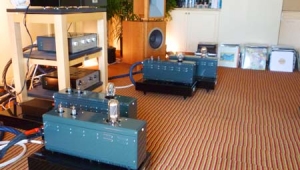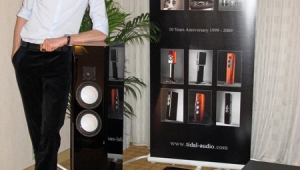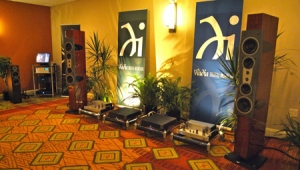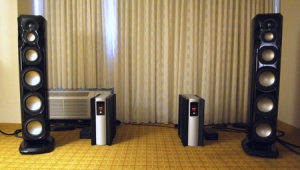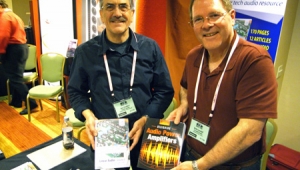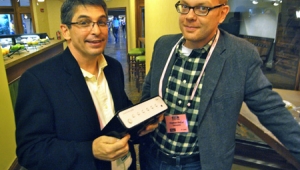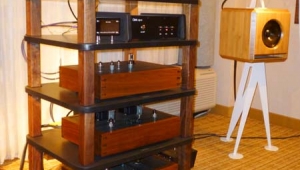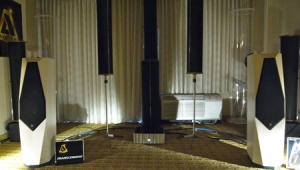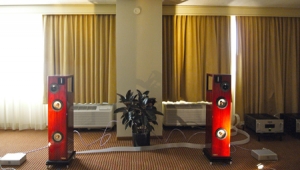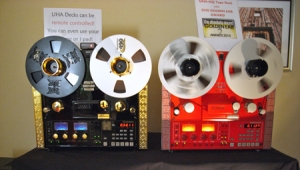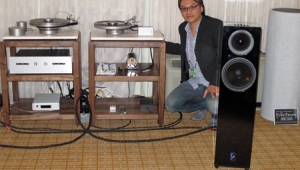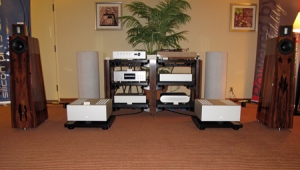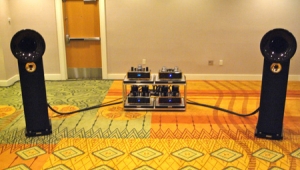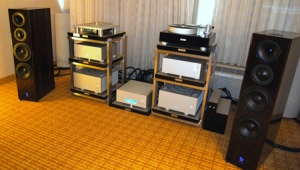| Columns Retired Columns & Blogs |
Great post and great explanation of the real-life conditions of these shows. It seems to me that it's a bit like speed dating. You might make a connection right off the bat, but chances are, you won't really feel it because the conditions aren't ideal. However, you might spot somebody (or a manufacturer) that you could revisit and re-evaluate in the right circumstances -- say over drinks and dinner or back in their listening room. In other words, judging a speaker, amp, source, cable, etc. in this environment is a bit like picking a bride - or rejecting one - based on a brief encounter in a noisy bar. Still, it's fun to look (or listen) if only to get a feel for what's out there, right?



